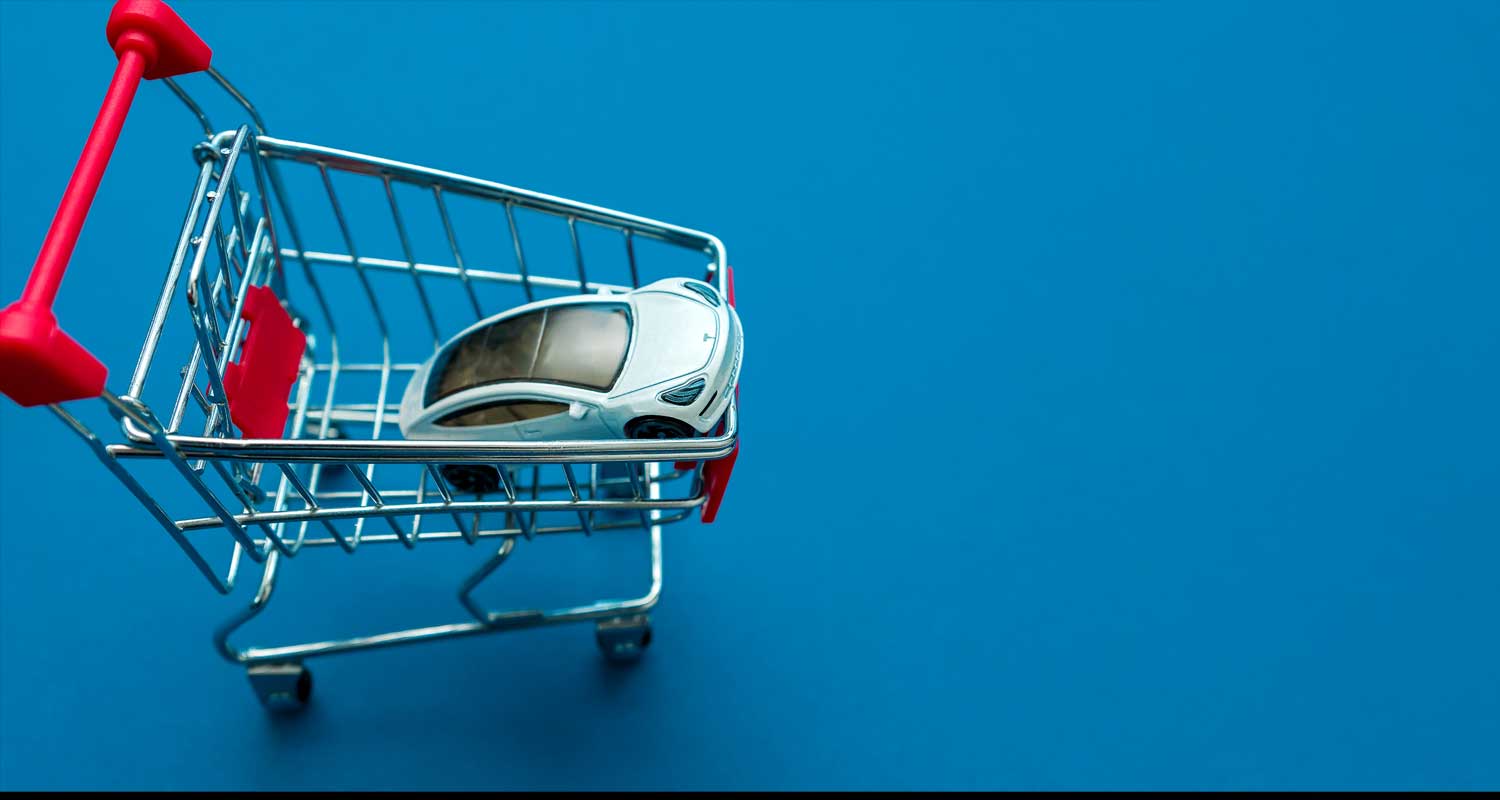 It pays to parse the language of any company’s earnings report, but perhaps more so for Tesla. You could say it’s in the corporate genes. After all, CEO Elon Musk has spent much of the past several days trying to convince a jury that he really did have “funding secured” in 2018. That’s despite his mooted multibillion-dollar take-private deal seeming to have had less in the way of documented pre-approvals than your average household mortgage application.
It pays to parse the language of any company’s earnings report, but perhaps more so for Tesla. You could say it’s in the corporate genes. After all, CEO Elon Musk has spent much of the past several days trying to convince a jury that he really did have “funding secured” in 2018. That’s despite his mooted multibillion-dollar take-private deal seeming to have had less in the way of documented pre-approvals than your average household mortgage application.
The line that caught my eye on Wednesday evening concerned guidance, with Tesla aiming to produce 1.8 million vehicles this year and, thereby, “remain ahead of the long-term 50% CAGR”, or compound annual growth rate. For a couple of years, Tesla has said it aims to grow annual production by half, on average, over a “multi-year horizon”. Compare that 2023 target with 2020’s output of just over half a million and you do indeed get a compounded growth rate of more than 50%. But actual growth this year looks set to be 31%.
Let’s acknowledge that is still phenomenal for any reasonably sized car manufacturer. Just five years ago, Tesla produced only about 250 000 vehicles.
But the tell here is the language, with Tesla going out of its way to emphasise that, technically, it will remain true to the “multi-year” target despite growth slowing sharply. Certainly, it has slowed more sharply than expected: The consensus forecast for 2023 is 1.95 million. Which gets at why Tesla likely felt the need for a growth-secured moment.
The disappointing fourth quarter deliveries and price cuts that have unnerved investors over the past month or so fed through to Wednesday’s results. Inventory jumped and implied average selling prices, excluding leased vehicles and regulatory credits, dipped under US$52 000, their lowest in a year. Even that figure was boosted by roughly $800 via the recognition of $324-million of deferred revenue linked to Tesla’s generously named Full Self Driving package. Gross profit per vehicle sold, at about $12 300, was the lowest in almost two years. Free cash flow dropped by a third, year over year, well shy of forecasts.
Troubling
This is not surprising, but it is troubling. It isn’t surprising because companies chasing growth quite often run into the problem of boosting capacity faster than sales. Tesla produced 1.37 million vehicles last year but lists capacity of more than 1.9 million, with new and expanded factories expected in markets from Mexico to Indonesia.
It is troubling because, despite the collapse in Tesla’s stock over the past year or so, it still trades at a 77% premium to the S&P 500 based on multiples of forward earnings estimates — estimates that look vulnerable after these results. Tesla remains priced for growth, but the growth story comes with the caveats of using average multi-year percentages and evident reliance on price cuts. The latter are especially inimical to Tesla’s aura because price cuts to move product are what you get from regular old car companies that trade on single-digit earnings multiples (Tesla’s is 32 times).
Read: Elon Musk’s Tesla hype machine breaks down
Even worse, regular old car companies haven’t been cutting prices of late, despite lower deliveries. This owes partly to the pandemic-related disruption of supply chains, leaving dealer lots sparse and giving the industry a relatively rare dose of pricing power. The likes of Ford took this on board in terms of aligning production more closely with sales. That is, in effect, the opposite of what’s happened with Tesla as it chases growth.
Read: Tesla shares had their worst year ever. That still doesn’t make them cheap
During Wednesday evening’s Q&A, Musk touted Tesla’s AI capabilities. Framing Tesla as being more than a car company has long been an effective way of boosting its valuation — albeit less effective of late. This year’s challenge for Tesla won’t be delivering robo-taxis or a walking robot. It will be dealing with soft demand amid a potential recession that Musk seems to regard as all but certain. For investors who have just undergone a year of deflating expectations, it will be bracing for another dose. — Liam Denning, (c) 2023 Bloomberg LP




